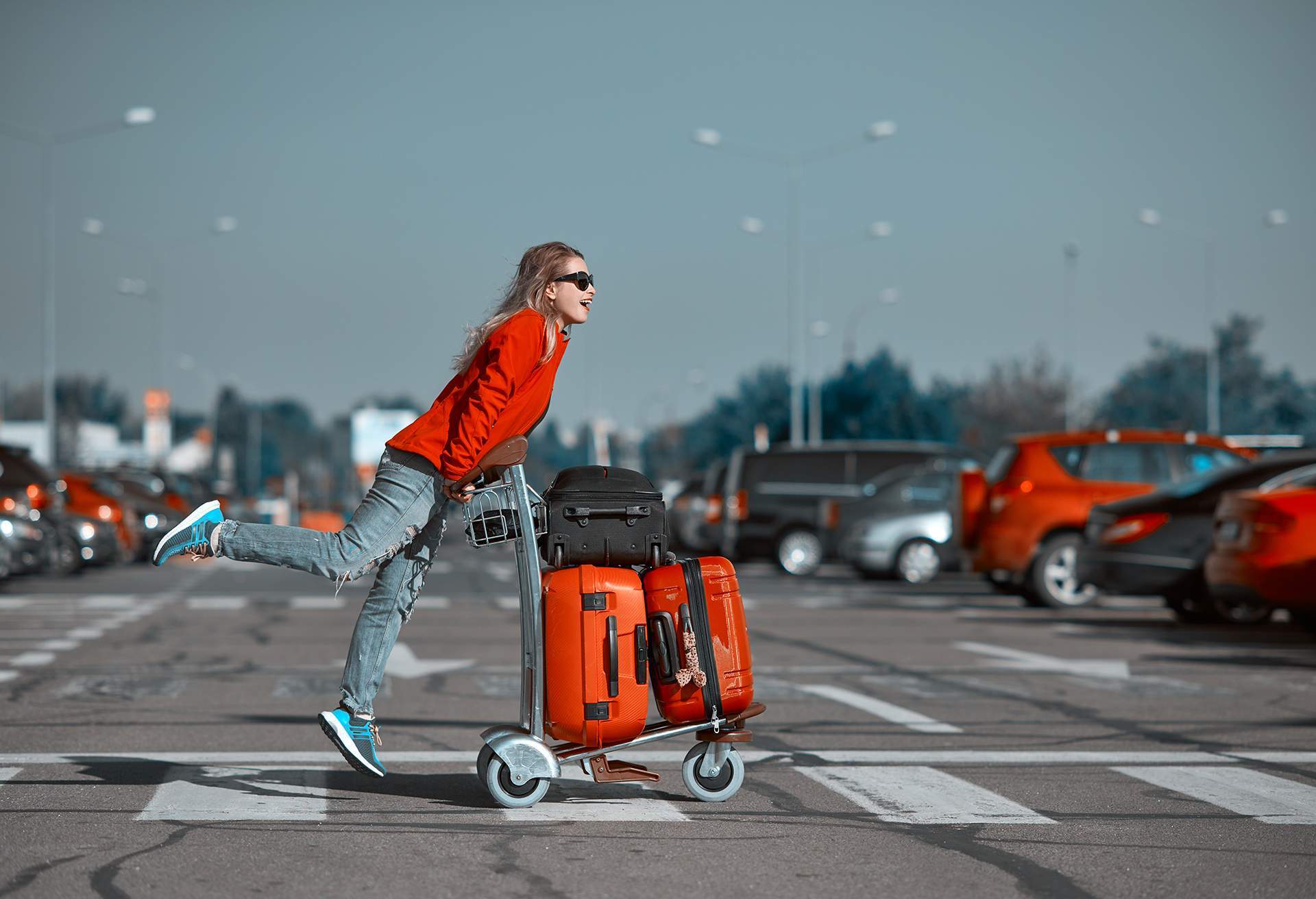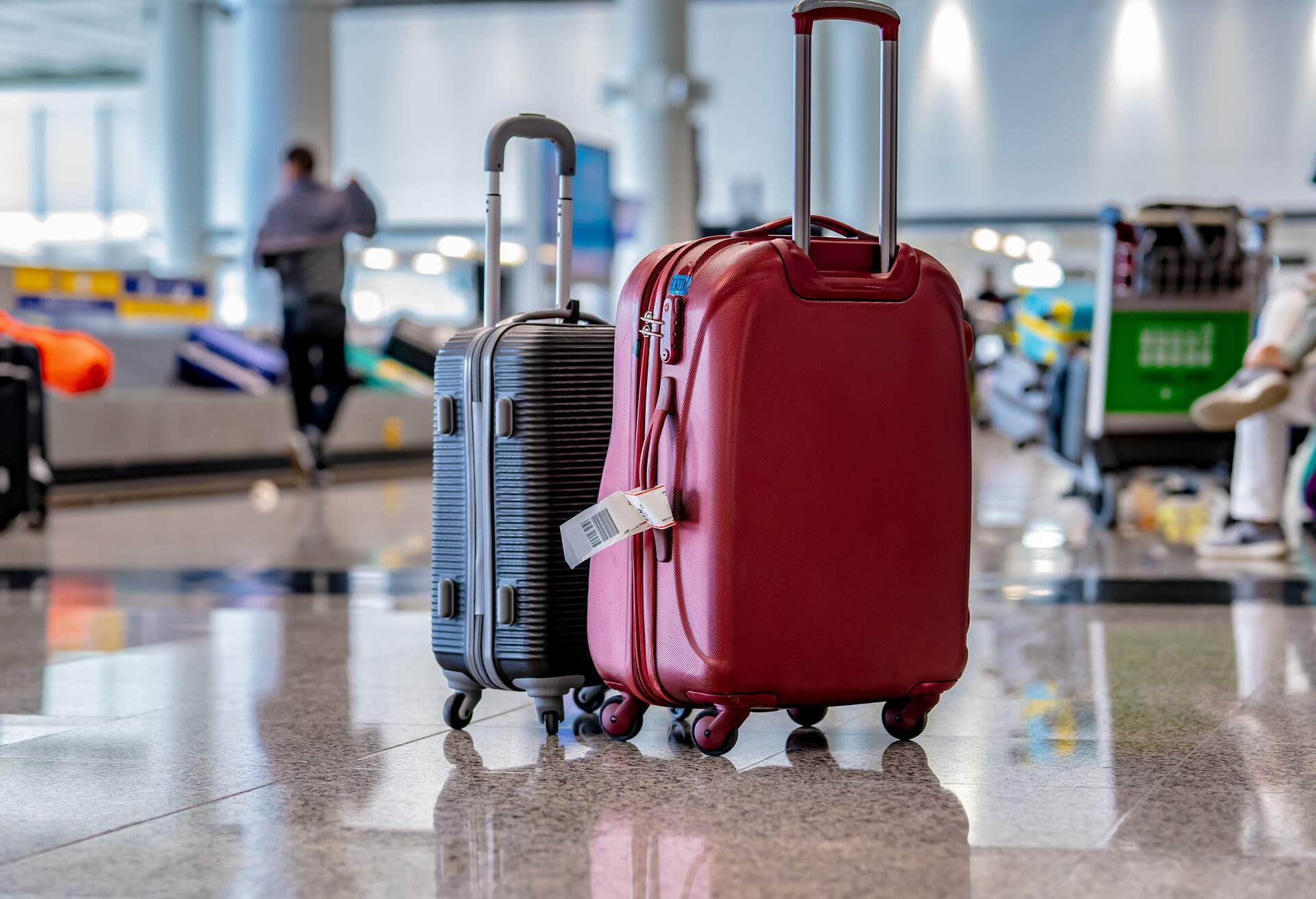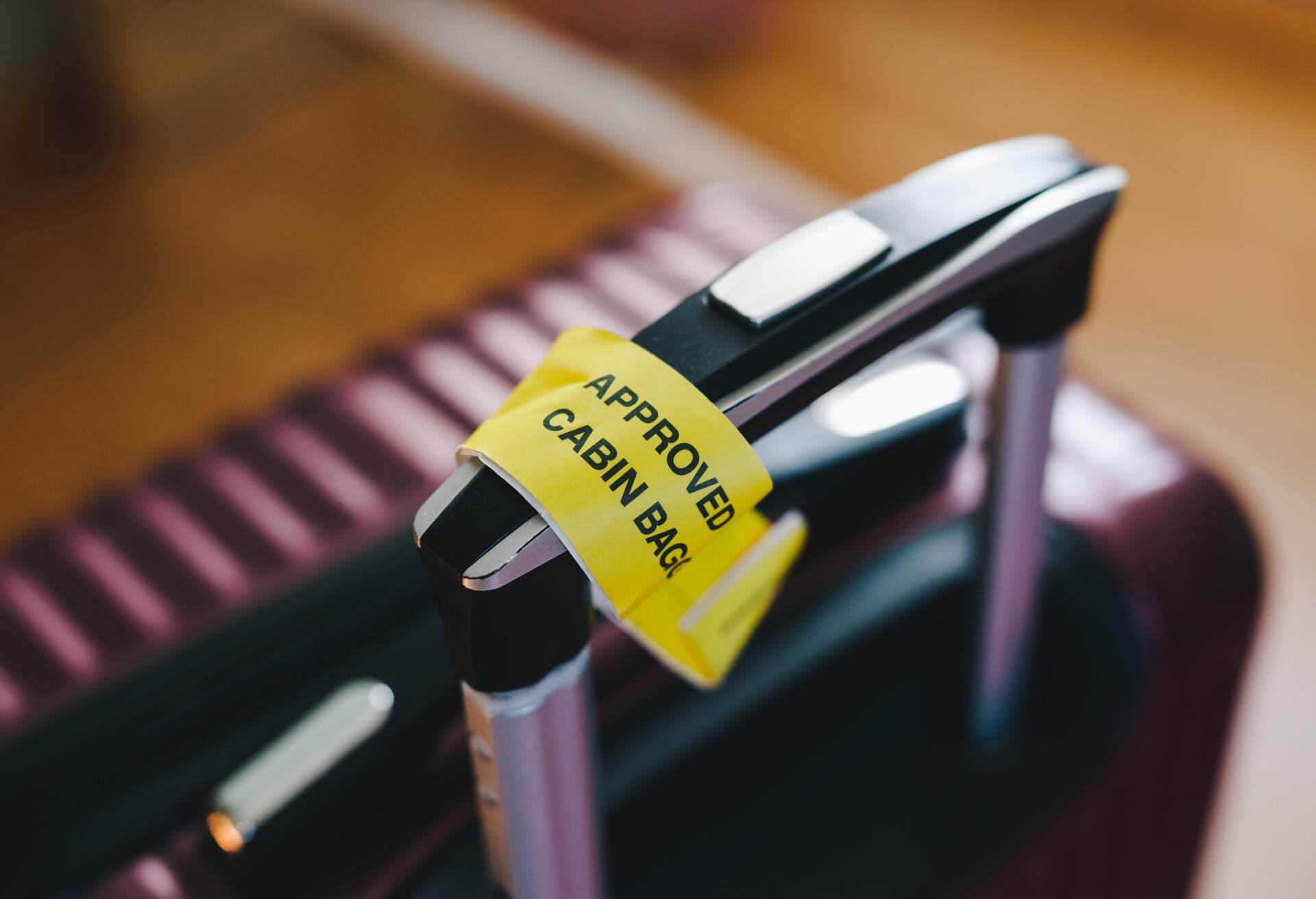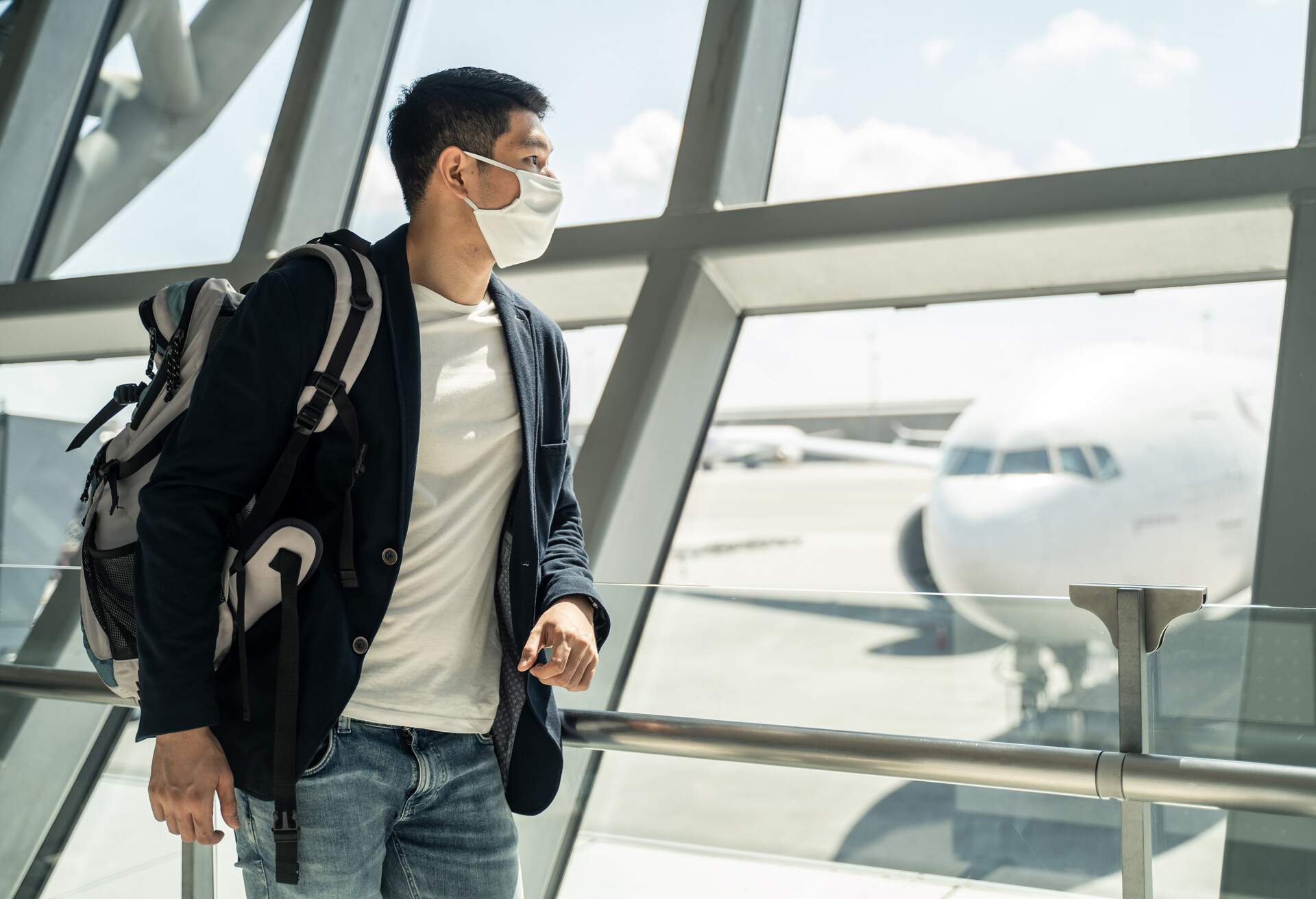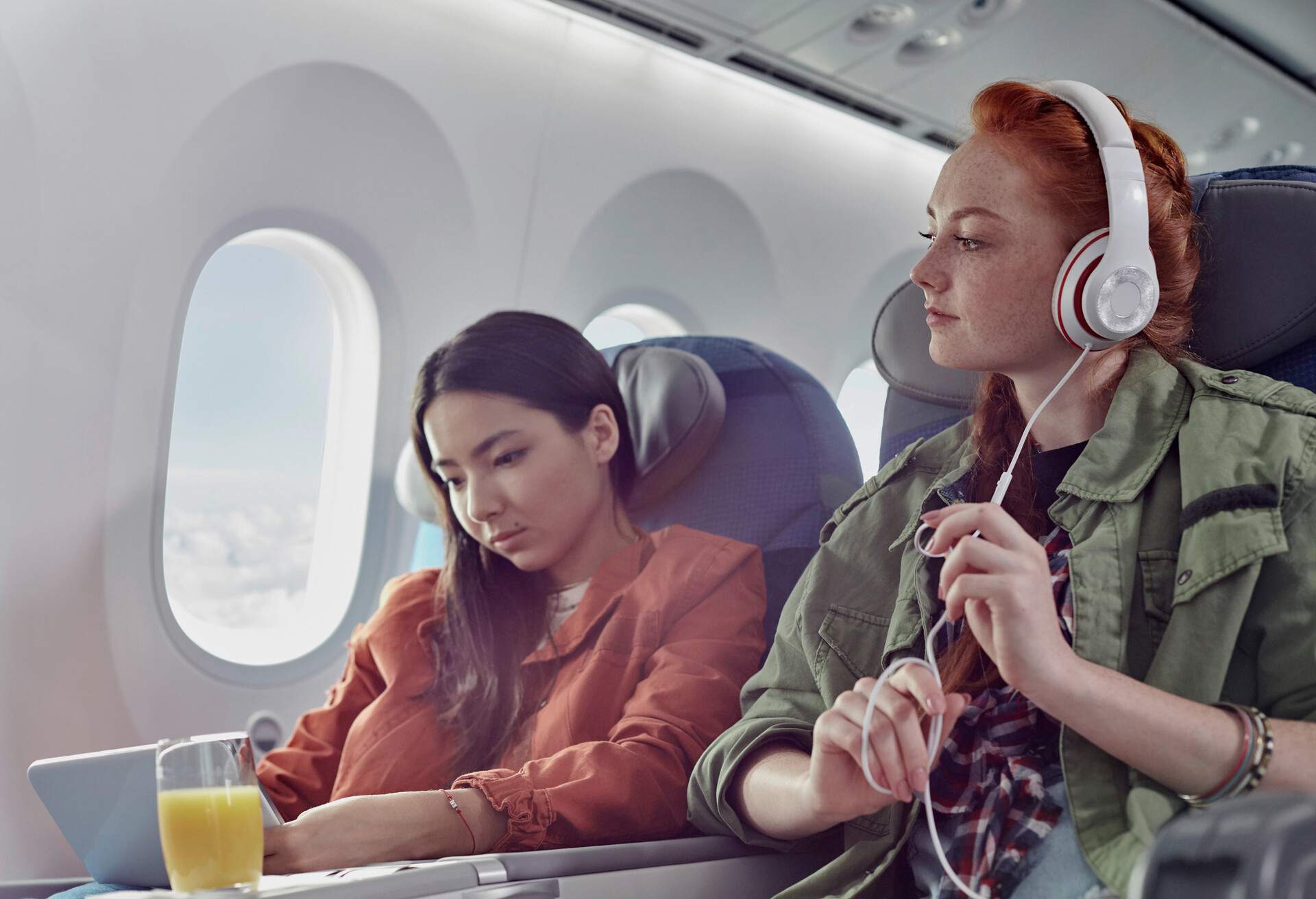You’ve picked the destination and dates, but before you book the plane tickets you also need to decide what luggage to take. Knowing the baggage rules before you fly can save you a serious headache and, potentially, serious dollars at the airport. In this article, I’ve laid out what you need to know about checked baggage rules and regulations, with a guide to the policies and prices for selected airlines.
1. What is a checked bag?
Once you land at your destination, your checked luggage should be delivered to a carousel in the arrivals area, after you’ve gone through customs and passport checks. Checked luggage should arrive soon after you do, but depending on where you fly to and how efficient the baggage handlers are, you may have to wait longer.
2. What is the weight limit for a checked bag?
3. What is a standard size checked bag?
As with weight limits, dimensions for checked baggage vary from airline to airline so it’s always important to check with the airline you’re flying with. Typically, the standard size limit for a checked bag is 62 linear inches (158 cm). This means the measurements of your bag’s height, width and depth must not add up to more than 62 inches in total.
4. What is not allowed in a checked bag?
If you’ve traveled with carry-on luggage you’ll know there are lots of restrictions in place on what you can and can’t take on board. There are also restrictions on what you can pack in your checked luggage.
The first rule about checked luggage is that you can’t pack anything flammable or explosive. That includes obvious things like fireworks and sparklers, gas canisters and fuels. But it also includes lithium ion batteries, which means no power banks, electric toothbrushes or hair straighteners. Vapes and e-cigarettes are also banned from the hold on most flights.
Things you may not expect but that can be checked in include guns and ammunition, axes, hatchets, knives and other household tools. Alcohol is also permitted, although some airlines impose limits on how much, and liquor shouldn’t be more than 70% alcohol (or 140 proof). Many items are allowed in checked luggage but only if you let the airline know in advance, so as always – check before you fly.
Remember, you won’t have access to your checked luggage during your flight, so pack everything you’ll need, like medication and valuables, in your carry-on – as long as it’s permitted of course.
5. How much does checked baggage cost?
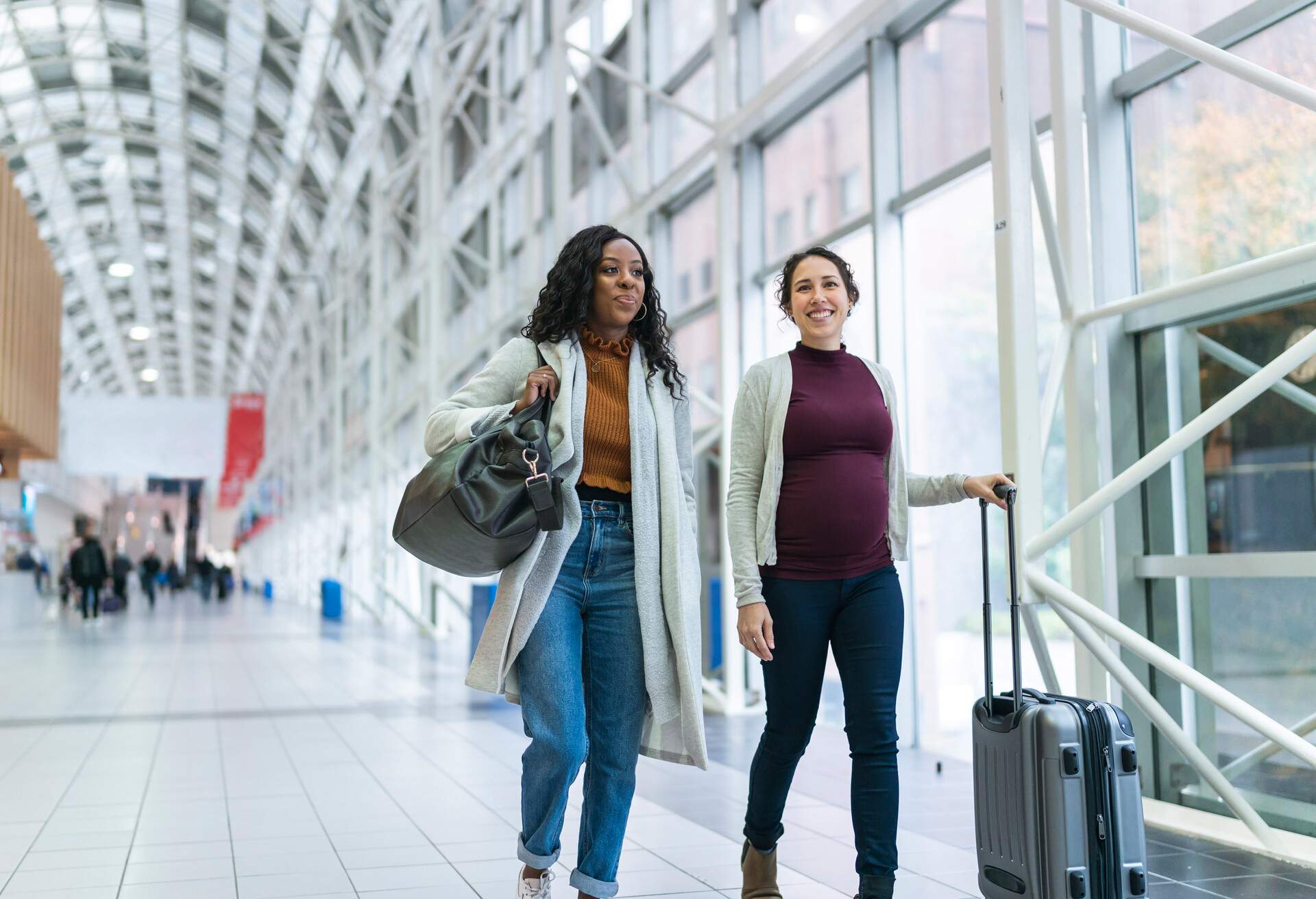
Nowadays, most airlines charge fees to check bags for basic and economy fares. As a simple rule of thumb, remember that fees are per item of luggage and are each way – so if you’re flying return you’ll need to double the price. You can often get discounts using frequent flier or affiliate credit card miles you’ve accrued.
KAYAK has an overview of airline fees including price breakdowns for checked baggage and a handy Fee Assistant tool that shows how much your overall ticket price is including baggage fees.
Just search for a flight on KAYAK and to the left of your results you’ll see the Fee Assistant – add the carry-on and checked bags you want to take and watch as your results update with any new fees included.
6. How to fly with checked baggage
My preference is to fly with just carry-on luggage, as it removes so much hassle at the airport. But if you are checking bags in, there are some simple tips to follow that will help make your trip smoother.
- Buy a sturdy, hardshell suitcase. We’ve all seen videos of baggage handlers tossing luggage around, which is why it’s worth investing in a quality suitcase that can take the abuse. Modern hardshell cases are light, very strong and better at keeping your precious things intact than a softshell case that can get crushed in the cargo hold melée.
- Know your airline’s checked baggage rules. This includes not only dimensions and weight but also what you’re allowed to pack. You don’t want to be that person on their hands and knees at check-in having to repack in front of an impatient and unsympathetic queue. We’ve all seen it!
- Add a tracker to each bag. Products like Apple’s AirTags are a useful way to keep track of your bags once they’ve disappeared from sight, and help find them if they’re lost. Small enough to fit in any bag, they meet checked baggage regulations as they contain so little lithium in their batteries.
- Pack for the worst case scenario. While it’s unlikely the airline will lose your checked baggage, it does happen. Be prepared by packing basic overnight stuff like toiletries as well as a change of clothes in your carry-on. And if you’re flying somewhere hot or where you’ll be swimming, pack for that too.
- Arrive early and fast track it. No one wants to spend longer than they have to at the airport. But there are few worse feelings than watching the clock run down knowing you have check-in and security lines to deal with, before the inevitable 20 minute dash to your gate. If you’re checking in luggage, get there two hours before a domestic flight and three before an international one. If it’s available, dropping £7 or £14 to fast track through security may be the best money you’ll spend all trip.
7. Common mistakes to avoid with checked baggage
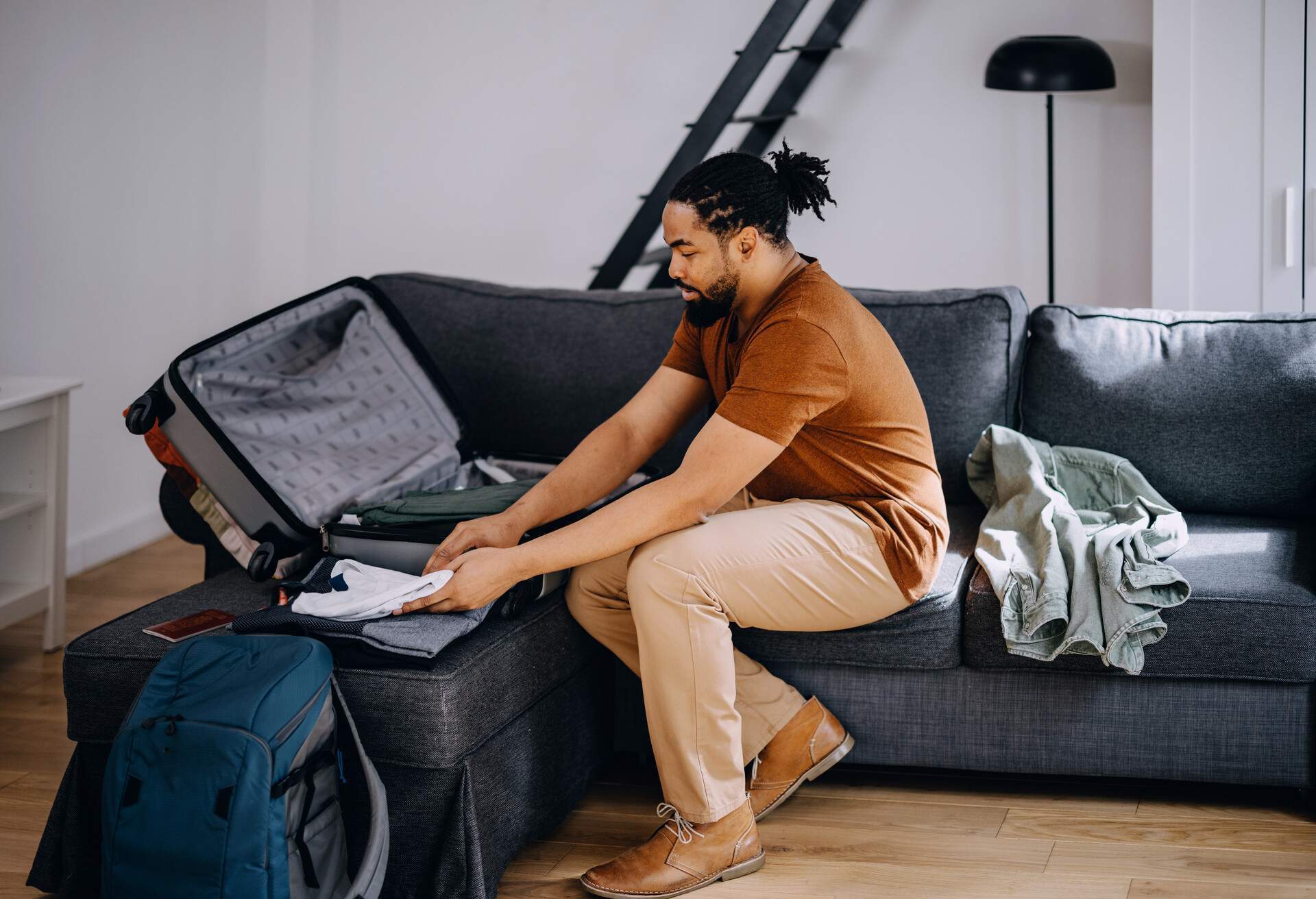
It can be easy to overlook simple things in the rush to pack and make it to the airport on time.
- Don’t wait until the airport to weigh your luggage. Save yourself the torment of finding out you’ve packed too much and now have to rearrange everything in front of everyone or pay the no doubt astronomical excess fee.
- Don’t forget to label your luggage. Yes you’ve slipped your AirTag into your bag, but that doesn’t mean you shouldn’t add a proper tag to the outside too. Include your name and phone number or email, but never your address (you don’t want people knowing your address and that you’re away from home). If your luggage gets lost, it will help the airline identify it more easily.
- Don’t lose the barcode tag. At check-in the airline rep will give you a small, easy-to-lose barcode sticker in return for your precious luggage (usually they’ll stick it to your passport or plane ticket). Don’t lose it! This can help airlines track your luggage’s intended route should it be lost and is your only proof that you actually checked it in.
- Don’t check in your valuables. House and car keys, travel tickets and documents, jewellery and watches, laptops and electrical goods, and anything fragile should be in your carry-on luggage where you can keep it safe and secure.
8. Checked baggage policies for six popular airlines
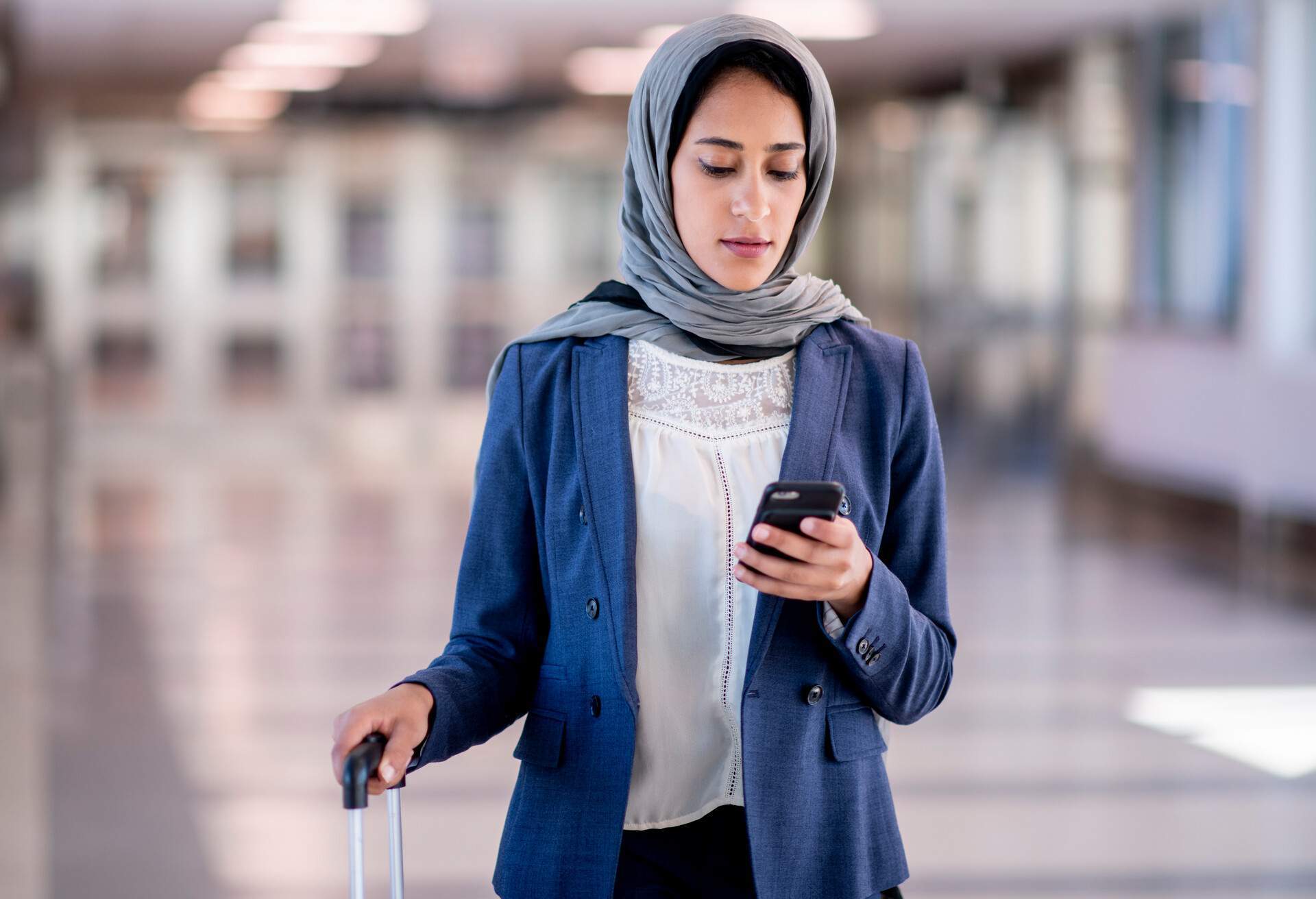
It may not surprise you to hear the checked baggage rules for airlines might be complex and confusing, with lots of factors affecting what you can take and how much it’s going to cost you.
Here are the checked baggage policies for five popular airlines. There’s some variation in weight allowances between cabin classes, but it’s in the pricing that the real confusion reigns. All the prices I quote here are based on paying for your checked baggage when you book your tickets, which is almost always cheaper than adding and paying for them later.
British Airways
Virgin Atlantic
Emirates
TUI Airways
EasyJet
Jet 2
How does KAYAK know what to put in this guide?
I’ve spent the last 20 years working as a travel writer and journalist. In that time I’ve learnt a lot about how to make the ‘travel’ part of being away as smooth and simple as possible. This guide is a mix of deep research into the latest US and international checked baggage rules and regulations, and the tips and tricks I’ve picked up along the way – along with invaluable input from the worldwide KAYAK team.
Checked baggage FAQs
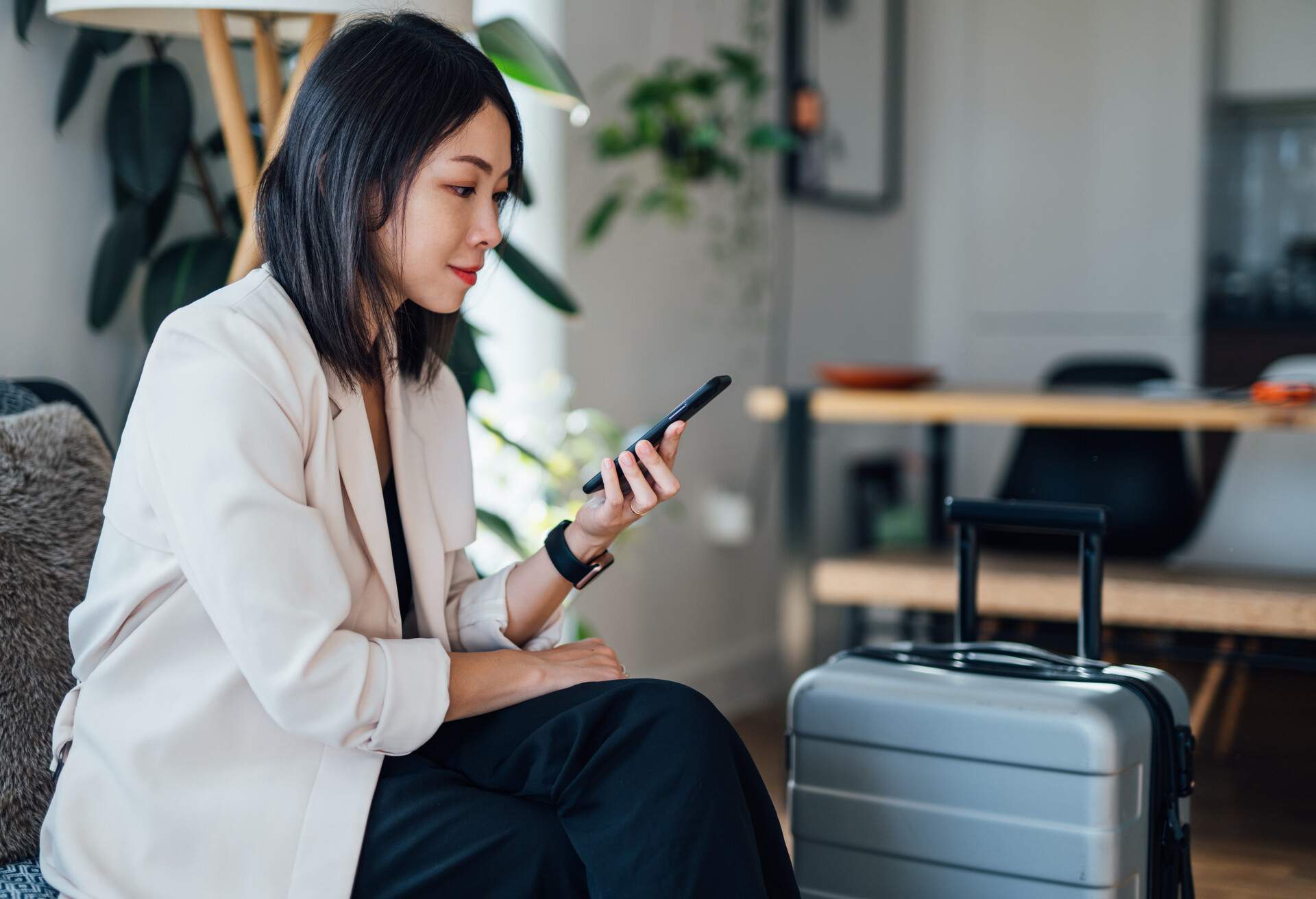
If you’ve packed too much and your bag is overweight or oversized, you’ll likely need to pay an excess baggage fee to check it in. If it’s only a little over the weight limit, you can try moving some bits to your carry-on or another bag to spread the weight out.
Nowadays, yes. If an airline charges checked baggage fees (and of the major US airlines Southwest is the only one that doesn’t), you’ll need to pay them each way. Even worse, some low-cost airlines such as Norwegian Air charge per leg, so if you’re making a connection you’ll also need to pay baggage fees for each flight.
Most airlines let you pay for your checked baggage at the check-in desk, although this will always be more expensive than paying for it in advance when you book your flight tickets. If you do need to pay at the airport, make sure you have a credit card with you as cash isn’t usually accepted.
Disclaimer: Prices and information are correct as of 21.09.2023 and may vary with time.

